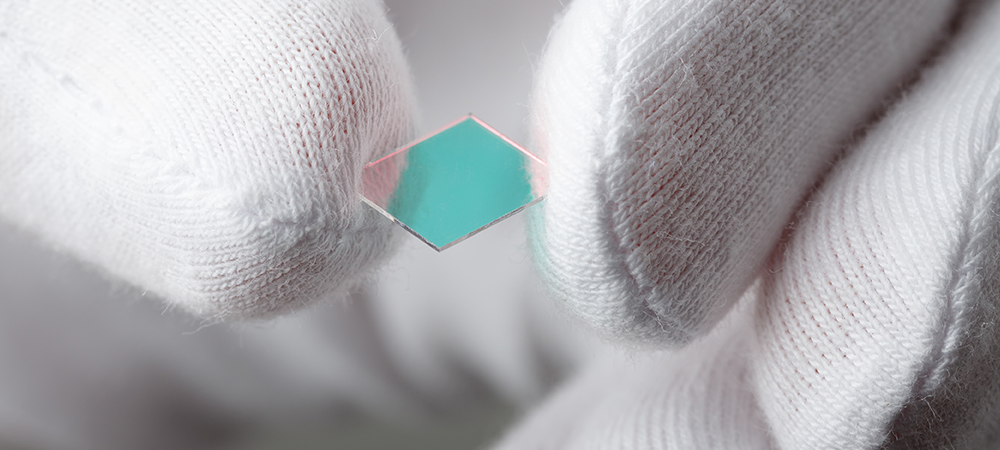A new method of controlling the shape of tiny particles – about one-tenth of the width of human hair – could make the technology powering our daily lives more stable and efficient, scientists at Cardiff University claim.
The process provides the industry with opportunities to optimise optoelectronics, energy harvesting, photonics and biomedical imaging technologies, according to research.
The university’s study, funded by the Engineering and Physical Science Research Council (EPSRC) and published in Nano Letters, used a process called nano-faceting – the formation of small, flat surfaces on nanoparticles – to manipulate the quantum dots into a variety of shapes called nanocrystals.
From cubes and olive-like structures to complex truncated octahedra, the international team of researchers said these nanocrystals have unique optical and electronic properties, which can be used in different types of technology.
Dr Bo Hou, a Senior Lecturer at Cardiff University’s School of Physics and Astronomy, who led the study, said: “Quantum dots have the potential to revolutionise a number of industries because of the theoretically limitless efficiencies they offer. Our study is a significant step forward in the adoption of quantum dots technology across a wide range of energy and lighting industry applications.”




